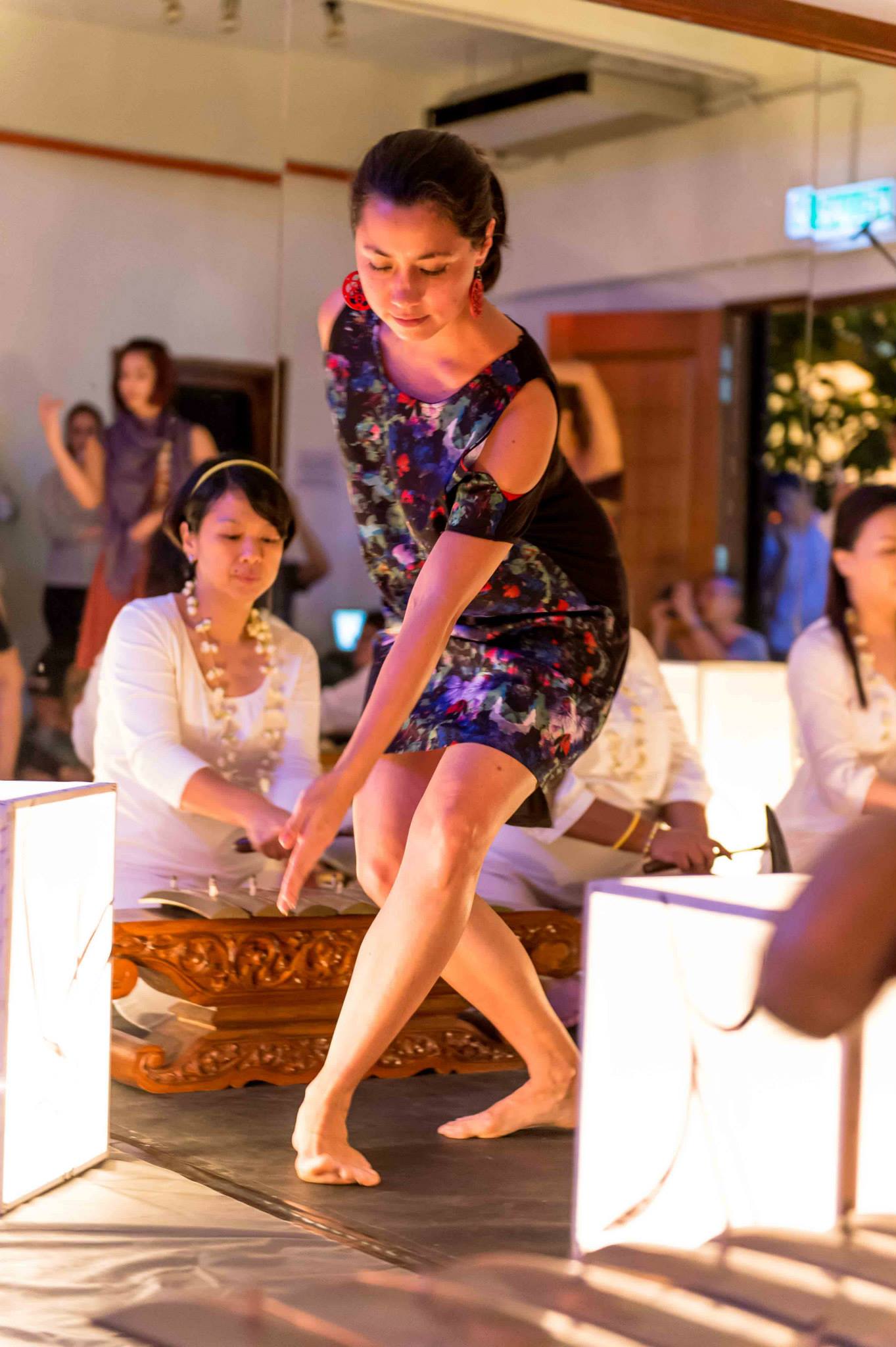MyDance Alliance president Bilqis Hijjas shares her hopes for Langkah in bridging gaps between physical and verbal, and between the various community languages in Malaysia.
I was sitting in front of my laptop at an international dance convention, trying to write an article, when a passing dance scholar commented, “That’s such a dancer thing to do.” I had not realised that every time I paused to find the right word I would gesticulate with my hands. Using movement, I was able to focus and direct my thoughts. Indeed, some thoughts were easier to express through movement; it was a struggle to translate them into words.
This is a common problem for dancers, especially when they try to write about dance. It’s true that many dancers may have physical intelligence that rivals or surpasses their verbal intelligence, but, as Wayne McGregor says, “we do ourselves a big disservice in dance by saying it’s a non-intellectualized art form,”. The artistic director of Random Dance Company in the United Kingdom and recipient of one of this year’s Dance Magazine awards further adds that, “Actually, the relationship between the brain and the body is absolutely critical.” [http://www.dancemagazine.com/issues/December-2014/Dance-magazine-awards-2014#sthash.0S6yGPrK.dpuf]
Langkah is an attempt to manifest this relationship between body and brain, to allow our physical experiences about dance to become flesh in the form of words. It is not just designed to pander to those dancers who are also readers and writers. Langkah aspires to be an accessible space of sharing for all Malaysian dancers, throwing open the doors to give us a glimpse of what happens in the private spaces backstage, on stage and in the studio. By emphasising and explicating our daily creative processes, hopefully Langkah will also prompt us to be more reflective during rehearsal and performance.
It is not just the gap between physical and verbal languages which Langkah aims to cross with an enormous step. In Malaysia, one of our most prominent failures of communication happens in the gap between our various community languages. As so little written material is available to us in more than one language, we are ghettoised by the languages we speak. Langkah commits itself to be multilingual, and so makes an ambitious claim to the intercommunal and international community of which we imagine that we are part.
Langkah is the brainchild of David Lim, and he has poured hours of work into it. But it is also compelling evidence of what we can always and only achieve together. People in our dance community—dancers, choreographers, teachers, scholars, photographers—make small contributions without hope of financial gain. They write, edit, or translate articles, or contribute their photography. The final outcome, like the millions of dollars which can be amassed by micro funding, is bigger than any of us could have achieved by ourselves. We all have a stake in it. We can all be proud of it.
Speaking of micro funding, like any project, Langkah has its overheads. A few of the articles were the result of small grants given by MyDance Alliance to Malaysian dancers to take part in professional development and networking opportunities overseas. If you would like to help with the overheads, or support more small grants, or if you would just like to formalise your relationship with the Malaysian dance community by becoming a MyDance Alliance member, you can join or donate through PayPal at http://mydancealliance.org/become-a-member/.
Thanks to all those who contributed, and congratulations to David Lim! I hope, whether you are a dancer or not, you will find new insights and observations from reading Langkah which will enrich your life, both physically and mentally. If you have any feedback or suggestions, please write to langkah@mydancealliance.org.
 Bilqis Hijjas writes, produces, performs and teaches about contemporary dance in Malaysia. More
Bilqis Hijjas writes, produces, performs and teaches about contemporary dance in Malaysia. More
To contact the author:
![]() ; kldancewatch.wordpress.com
; kldancewatch.wordpress.com
Main photo: Photo © Huneib Tyeb
